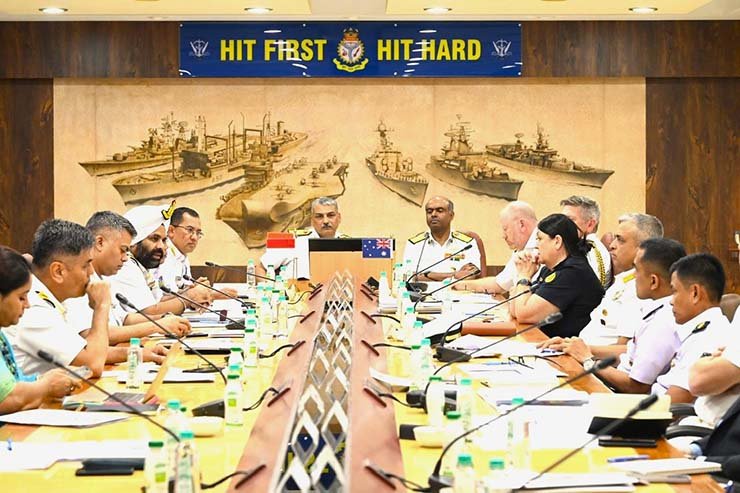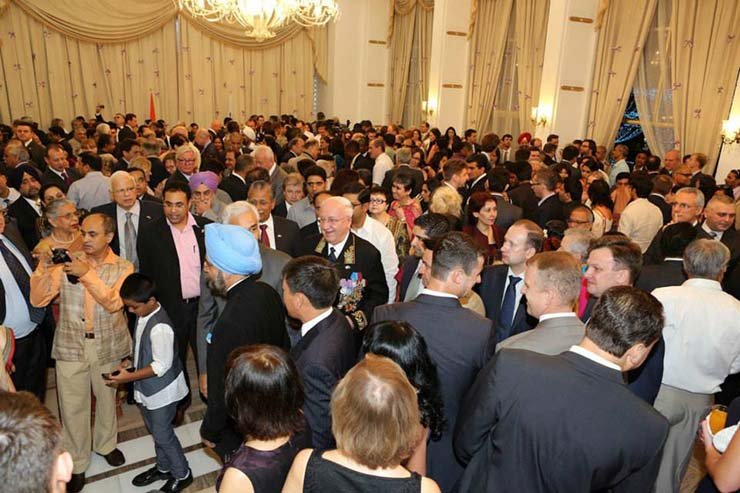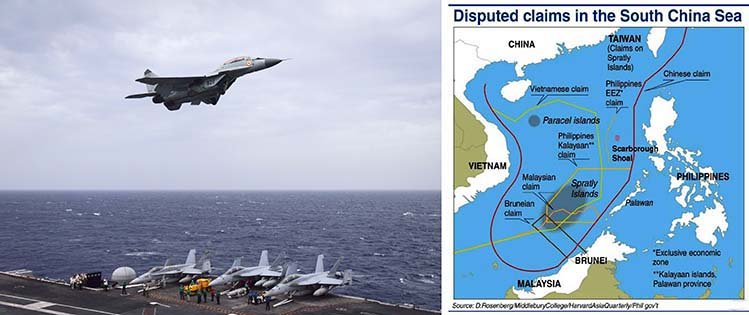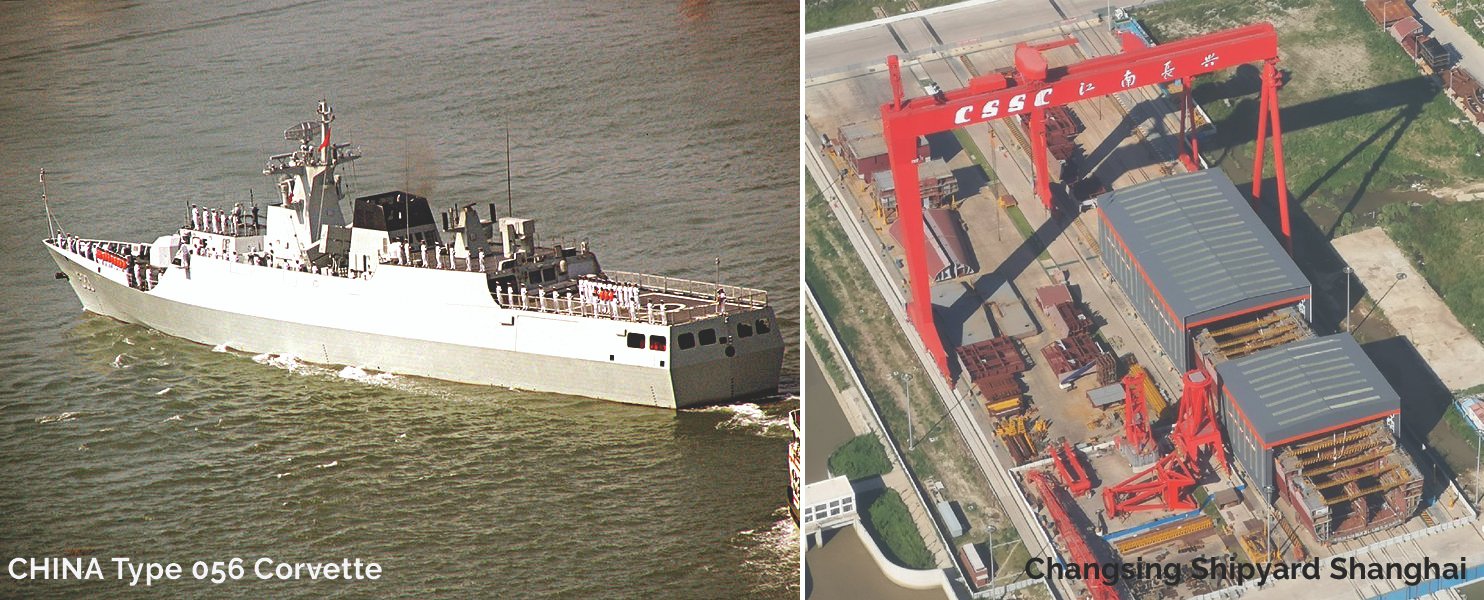
A nation’s response to external and internal threats, including terrorism, is based on its security set-up and preparedness for contingencies, intelligence inputs and the government’s political will. The military and border forces that face the bullets require cohesion to plan and act in combination and synergise all the agencies and arms of national power to achieve the defined objectives. Some actions are listed in the Government’s War Book. The lack of cooperation in India’s three independent armed forces, commanded by three equal-ranking chiefs, encourages each chief to safeguard his turf and bid for a bigger pie of the defence budget.
The potential benefits of an integrated command structure are enhanced coordination, streamlined decision-making, and optimised resource allocation, which could significantly bolster India’s security. The paramilitary Border and other Security Forces under the powerful Home Ministry have long been a structural constraint as the China and Pakistan borders were put under their charge. The Navy insisted on retaining the Indian Coast Guard under the Ministry of Defence in the Kargil Review, and the INCG is placed under the Navy in a threatened environment. In peacetime, the Navy and INCG exercise together.
No review was ever carried out about Op Pawan and no lessons were learned regarding the Military Command’s faultlines and the Government’s decision-making. The May to July 1999 intense Kargil war was fought under the shadow of nuclear action; 527 souls were lost and 1,363 were wounded. The Kargil Review Committee report highlighted the shortcomings and recommended a Chief of Defence Staff
India has fought five wars. All wars except the ‘1971 War of Victory’ were stalemated. In 1971, when Chief of the Army Staff Gen SF Manekshaw gave sane advice to Prime Minister Indira Gandhi to tarry an offensive against Pakistan, and offered to resign. He was allowed to continue and he acted like a Chief of Defence Staff (CDS). As Chairman of the Chiefs of Staff Committee, he took charge and coordinated the war plans of services. The victorious war with surrender in the East and the formation of Bangladesh proved India urgently needed a CDS type of structure, which was prevalent in most advanced nations, with integration of the services. This victory stands as a testament to the potential of an integrated command structure and the coordination it can foster among the services.

Despite recommendations of committees and lessons from the five wars that India has fought and one out-of-country long Op Pawan to Sri Lanka (1987-91), with large losses, no government has made a re-appraisal of India’s security organisation or issued a White Paper or strategy directive. This is a matter of utmost urgency. A White Paper is a report or guide that concisely informs readers about a complex matter and presents the issuing body’s philosophy. It is meant to help readers understand the issue and make decisions. In the context of India’s security, a White Paper could serve as a roadmap for necessary reforms, economy, and improvements.
A nation’s security organisation is critical for the higher control of war and for the military to achieve the aim of the war. In the USA, the Goldwater–Nichols Act of 1986 was made by two senators to fix problems caused by inter-service rivalry, which had emerged during the twenty-year Vietnam War (1955 to 1975). President Xi Jinping personally took charge of the Central Military Commission (CMC) and has recently reorganised the PLA forces for the second time, as he takes on the USA and defends China’s illegal claims in the South China Seas and sees rising India as a ‘spoke in its wheels of power’.
The CDS was tasked to create cohesion and work on Integrated Commands. Unfortunately, Gen Rawat died in a helicopter crash on his way to the Defence Services Staff College Conoor in December 2021. No CDS was appointed until October 2022, when, in a surprising move, Lt Gen Anil Chauhan (Retd) was recalled from retirement and appointed India’s second CDS with four stars
No review was ever carried out about Op Pawan and no lessons were learned regarding the Military Command’s faultlines and the Government’s decision-making. The May to July 1999 intense Kargil war was fought under the shadow of nuclear action; 527 souls were lost and 1,363 were wounded. The Kargil Review Committee report highlighted the shortcomings and recommended a Chief of Defence Staff.

After taking over in 2014, Prime Minister Narendra Modi spoke at two Commanders’ Conferences and expressed the need for a Chief of Defence Staff as the starting point and Integrated Commands to follow, which he only took forward in 2020. Chinese PLA forces surprised the Army in Ladakh with incursions that year. The Air Force was called, and the government hastily ordered 36 Rafale planes from France. Naval fighter planes and two Sea Guardian drones on lease were also deployed north for joint action. Prime Minister Modi galvanised the strength of India to stop the Chinese forces, and a strip of “no man’s land” in Ladakh has been agreed upon. Discussions are ongoing for the final resolution of the border in the West and Central sectors.

Gen Bipin Rawat was appointed India’s first Chief of Defence (CDS) on January 1, 2020, with the same rank of four stars as the Service Chiefs. The CDS, sans an operational role, heads the Department of Defence Affairs (DMA) as a Secretary to the Government of India in the Ministry of Defence and is the Principal Adviser to the Defence Minister on inter-service issues to handle procurements and promotions, among other issues with military and civilian staff. The CDS was tasked to create cohesion and work on Integrated Commands. Unfortunately, Gen Rawat died in a helicopter crash on his way to the Defence Services Staff College Conoor in December 2021. No CDS was appointed until October 2022, when, in a surprising move, Lt Gen Anil Chauhan (Retd) was recalled from retirement and appointed India’s second CDS with four stars.
A bureaucratic judicial constraint for Integrated Commanders has been that each service has its own Act for disciplinary actions. A Common Discipline Code for the Armed Forces was made, but it has gathered dust. In 2023, movement on integrated commands took place. The BJP government received the President’s assent and the Parliament passed the Inter-Services Organisation Command Control Discipline Act (ISO) for theatre Commanders in the monsoon session, leaving the Service Acts as they were.

The media reported that the government would move forward and reshape the Armed Forces with fewer and compact integrated commands from the seventeen at present, and appoint a Vice and Deputy Chief of Defence Staff under the CDS with clear roles. Uday Bhaskar of the Society for Policy Studies says, “This will not be an easy task, but it is essential for jointness and joint response to a conflict or war.”
Media reports that the Maritime Theatre Command (MTC) is likely to have its base in Coimbatore are perplexing. Trivandrum was also considered. Operationally, it would be a regretful mistake if the Maritime Theatre Command (MTC) was based inland in Coimbatore. India’s large maritime threat, geography, and ease of warfighting calls for two Eastern and Western Maritime Commands, preferably on the coast. The Army and Air Force guarding the area could be fitted in for Jointness. Mumbai, with the Navy, and Pune, with a large Southern Command with training functions of the Army, need to be de-congested.

The Navy is developing Karwar as a futuristic base with deep water berths, a large airbase, a hospital, education facilities, and accommodation. Greenfield Karwar would be operationally ideal. The Eastern seaboard houses India’s nuclear submarines, and the recent bonhomie between China and Russia will need a threat appreciation based on which commands are based. India is dancing with both the United States and the Russia-China camp. It could continue, or India may have to take sides.
-The writer is a commanded the broad beamed Leander INS Vindhyagiri (1983-84), and is currently the Curator of the IMF Maritime Museum at C 443, Defence Colony, New Delhi. Open to public 1000-1600. Appointments: Tel-8700897597















